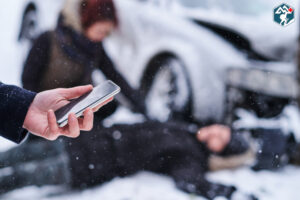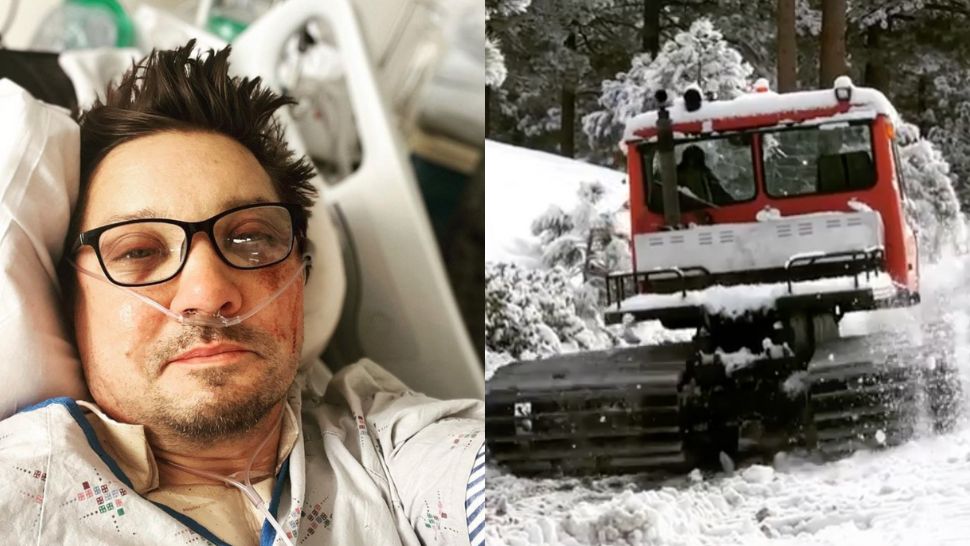Cold Weather Tourniquets and Bleeding Control?

Bleeding control in harsh snow conditions in the mountains of Montana is a little different than on a sandy beach in Hawaii. Understanding your environment helps you to anticipate potential problems so they can be managed more efficiently.
There are still many difficult and dangerous jobs to be done in the treacherous conditions post snow storms, and being prepared for trauma is just as important.
In the news recently, Jeremy Renner, the actor most well-known for his role in The Avengers as Hawkeye, was severely injured while plowing snow from around his home.

Renner had spent the morning removing snow from the driveway when he exited the snow cat without applying the brake and it began rolling down the hill. Renner attempted to climb back in the runaway vehicle but was severely injured when doing so.
According to reports, a neighbor (who is also a doctor) responded with tourniquets to control bleeding, taking over from family members who had attempted to stop the flow with bath towels.
A few things to think about:
- Additional layers of clothing may affect the application of a Tourniquet.
Excess material between the TQ and the artery has been shown to reduce the TQ’s effectiveness at occluding the artery. Which means that you may need to use a second tourniquet when encountering multiple warming layers and coats.
The key here is to watch the flow of blood carefully as you apply your Tourniquet. Turn the windlass until the bleeding stops. If you cannot tighten the TQ anymore, and there is still blood coming from the wound, apply a second TQ just above, or below the first as the casualty’s anatomy allows.
If you aren’t able to secure a second TQ for whatever reason, you may be able to control bleeding with wound packing and a pressure dressing.
Or, if you need to just cut away all that material, use:
- Trauma Shears
This important multitool is handy for cutting free the multiple layers of clothing you are likely to encounter in a snowy environment. Have a good set at the ready and make sure you test them out on a few pairs of old jeans first, you know how to use them.
Avoid using your pocketknife to cut away clothing unless you have no other choice, and then be careful! Don’t add to your casualty’s wounds.
- Hypothermia Protection
Anyone worth their salt in trauma medicine know it’s important to closely monitor the casualty’s temperature and to be proactive in keeping them warm after a severe injury. This is especially important in the cold and if you’ve just cut away their warming layers with your handy trauma shears.
Moving the casualty to a warmer environment as soon as possible is vital for keeping them alive and as healthy as possible.
In preparation for taking care of yourself and your family, I recommend having a few extra blankets stored in the cab of your truck or in the trunk of your car for those times when you might need a little extra warmth.
A survival blanket in your trauma kit helps a little to retain heat, but these are not enough on their own to compensate for the lack of heat the casualty will likely suffer.
